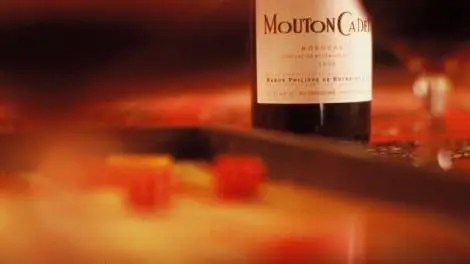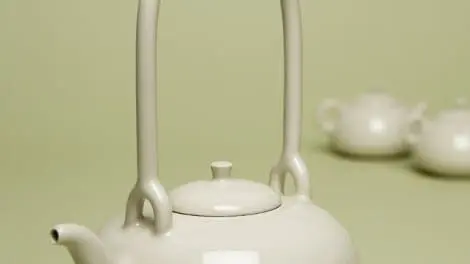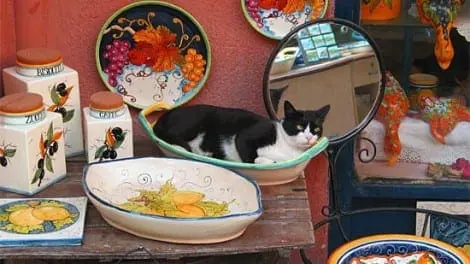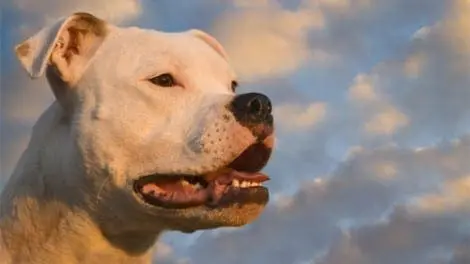DPA Magazine
“Still” Life
Still Life. It′s a misnomer. Life is never "still". Every moment, every subject can be framed and its image captured, but to show its life is the challenge. To best achieve a poignant "Still Life" be aware of light and composition. The quality of the light can enhance your subject to be vivid or seductive, placid or tempestuous. Compositionally the subject can be isolated and highlighted with multiple techniques. The two images shown demonstrate the same subject in two different environments. Though both images depict the same bottle, the emotional appeal of each is different due to light and composition. Image number one was created with natural light on the floor of my home. Sunlight was spilling through a window (in winter the light comes through windows at a great angle) making a pattern. I was drinking a glass of wine and contemplating life, well before becoming a father, and decided to play. First I noticed how the light played through the glass than placed the bottle in the light behind the glass. Using a 50mm lens I framed the image and manipulated the objects into a satisfactory composition then metered off the floor because the white label and the shadowed areas would have given an incorrect reading. Then pushed the button. Of course I played around and shot multiple compositions before stopping and bracketed my exposure the usual 1 stop under one stop over. © Michael Thoennes Image number two was a far more detailed execution. In this image the setting was established with the props; two glasses, a backgammon board, floor rug to match color, bottle of wine and a fire place. The challenge was to establish a warm glowing environment, two friends playing backgammon, enjoying wine, fireside. Generally the biggest mistake made by a photographer is to settle on an easy composition. A wise photographer will take the time to investigate multiple angles and compositional solutions. In this case the camera was on the floor. Using a 105 mm lens and a few reflector lights (those cheap silver dish lights with clips), I lined up this shot over a few hours and a lot of frames until I had exhausted most possibilities. © Michael Thoennes Whether its a flower, a bottle or a seashell, if you′re gonna take the time to shoot it, take your time to consider your composition and your light. And when in doubt, push the button, you can always through it out.
Elegant Pot, Restrained Photo
I have been shooting teapots for a celebrated local Philadelphia teapot maker for a few years. From the very first shoot, I realized that her elegant and simple teapots needed a equally simple, and restrained still life treatment. © Rick Wright We initially tried a more cluttered natural setting and then settled on a pastel green seamless background. For lighting, I used a single large soft box that was hung directly above the stage—this produced the soft shadows directly below the pots. Also, in the teapot reflection you can see the square shape of the soft box itself (a pleasing geometric form, versus a more distracting umbrella reflector.) The soft box also added very diffuse light and pushed the notion of a pastel drawing. This was one case where matching the photographic style to the artist′s style really worked! This image eventually appeared in the NY Times.
Catching the Action
Hey dude! Like, surf’s up man! Let’s go! There are more surfers in the water than sharks, so the safety odds are pretty good. And the action photography is superb. There are several factors to keep in mind when photographing surfers. On the technical side, a moderately high ISO and very high shutter speed are a must. A camera body with a fast continuous shutter mode helps greatly, but with good skills in “decisive moment” selection, you can get the image you want with slower fps (frames per second) shutters. I almost always use RAW mode for general photography. However, in action situations the JPEG mode allows a much longer burst of exposures. With smaller JPEG files your camera won’t suddenly stop at the point of best action as it would when loading large RAW files to your media card. My settings: A 70-200mm lens, aperture priority (AV mode) at f/11, ISO 400, JPEG in the “L” position, continuous shutter set at “H.” On the practical side, with more than thirty surfers within the range of your lens, most of them will start a good wave and then fall apart. Choose the best surfers, and stick with them. In the long run, they will give you the best action flips and turns. Try to have the subject surfing toward you. If the waves are high enough, and you are lucky enough, you may get that great shot of the surfer inside the tunnel. However, on a normal day follow the good surfers in either direction. With their flips and turns you can catch some pretty good gymnastics. Steady © Milton Heiberg Good flip © Milton Heiberg Oops! © Milton Heiberg
The 5 Key Elements to Great Photographs
The building with red awnings is the headquarters for Europol. Europol is the Law Enforcement Organization that handles international criminal investigations for all EU members. It’s located near the seaside suburb of Scheveningen in Den Haag, or, as we know it - The Hague. While travelling through the Netherlands one summer afternoon, I was wandering aimlessly, as I tend to do wherever I travel, I noticed this building with striking red awnings – lots of them (which I later learned are retractable electronically). I knew immediately that I had to photograph it, what I didn’t know, was that an opportunity was fast approaching. When I saw the bicyclists rolling towards the building at a quick pace, I knew I had only a few moments to park, grab a camera, get into position, calculate my exposure, and……..click, click, click! It was over in a matter of seconds. I had the one shot I wanted. I had the shot because of five key elements – Desire, Foresight, Awareness, Preparedness, and, good old fashioned Luck. I find these five elements are almost always present during a great image capture, no matter what I’m shooting. I always try to practice the first four on the list every day, that way I’m ready when the fifth one briefly visits. © Dana Bowden
Color and Still Life
This is a small shop in a little town in Italy. I walked by it every day and was struck by the color pallet and composition. Just needed something to help bring out and define the mirror. I noticed that this cat would get in the same bowl every day at about 3 PM and stay until dark. That kitty should get the employee of the year award because twice as many would be customers stopped by to look at the cat and end up seeing something they liked and would purchase it. I kidded the owner by accusing her of training the cat as a sales tool but no, the kitty just liked that bowl and would lay in it to watch the people go by. The time of day was great for adding a nice warm and soft light to the scene. © Ken Dejarlais
Watch Your ISO
Paris IS the City of Lights, but even with all of the spotlights accentuating the ancient wall and bridges along the Seine, you need a higher ISO – usually 400 or above. I try not to go over 800 ISO to avoid digital noise (or a grainy look to the dark areas). In this photo, I was able to set the camera on the wall of another bridge to fill in for a tripod.(ISO 500, f4, 1/8th of a second) I love the way the curved wall leads viewers into the shot, and the romance of a Parisian evening made me use a sepia tone filter, which I added later with Photoshop. Some cameras have a black and white or sepia setting, but once it’s shot in the camera, you can’t get the color shot back. I would shoot it both ways and then you always have a choice. © 2008 Kathy Tarantola, Boston DPA Instructor
Make Your Photos Stand Out in the Crowd!
While visiting the Louvre, I was struck by the incredible number of people taking photographs – of everything it seemed! About 8.3 million people visited the Paris museum in 2007, and most of them probably had a camera. Think of the number of pixels out there on hard drives everywhere from just that statistic! So, how to make your photo exceptional? My choice was to take in the crowd as well as the art. The Mona Lisa has a river of people streaming towards her, not even stopping along the way. That to me was as fascinating as the painting itself. © 2008 Kathy Tarantola, Boston DPA Instructor
Get Low!
Just the head shot of this pup pasted against the sky creates a dramatic "Rin Tin Tin: Fighting for justice and safety everywhere" effect! Getting low to the ground really helps when taking pictures of your pet. When you shoot from their level (or even slightly below their level in this case), the results speak for themselves. © 2008 Frank Siteman, Boston DPA Instructor
Not Your Average Angle
The Rodin Museum in Paris is housed in a mansion that belonged to a patron of Mr. Rodin. I wanted to show the mansion, but not from a typical angle. I carefully focused on the rose, which also brought out the rain drops and the shallow depth of field (f3.3 @ ISO 200 – 1/800th of a second) made the mansion soft focus. It’s a technique you can use to draw the viewer’s attention exactly where you want it, in a way that allows them to share your special view of the experience. © 2008 Kathy Tarantola, Boston DPA Instructor
Pick the Perfect Time
The Paris Opera House was lit up spectacularly, but what really makes this image special is the brilliant blue sky. There is typically only 15-20 minutes when the sky is that rich color before it descends into darkness, but that’s the time of day that really can make your shot stand out. My ISO was at 400, the aperture was 2.8, but even so the shutter speed was 1/15th of a second, which required a steady hand. © 2008 Kathy Tarantola, Boston DPA Instructor






